The Harsh Truths About the Disadvantages of Skateboarding
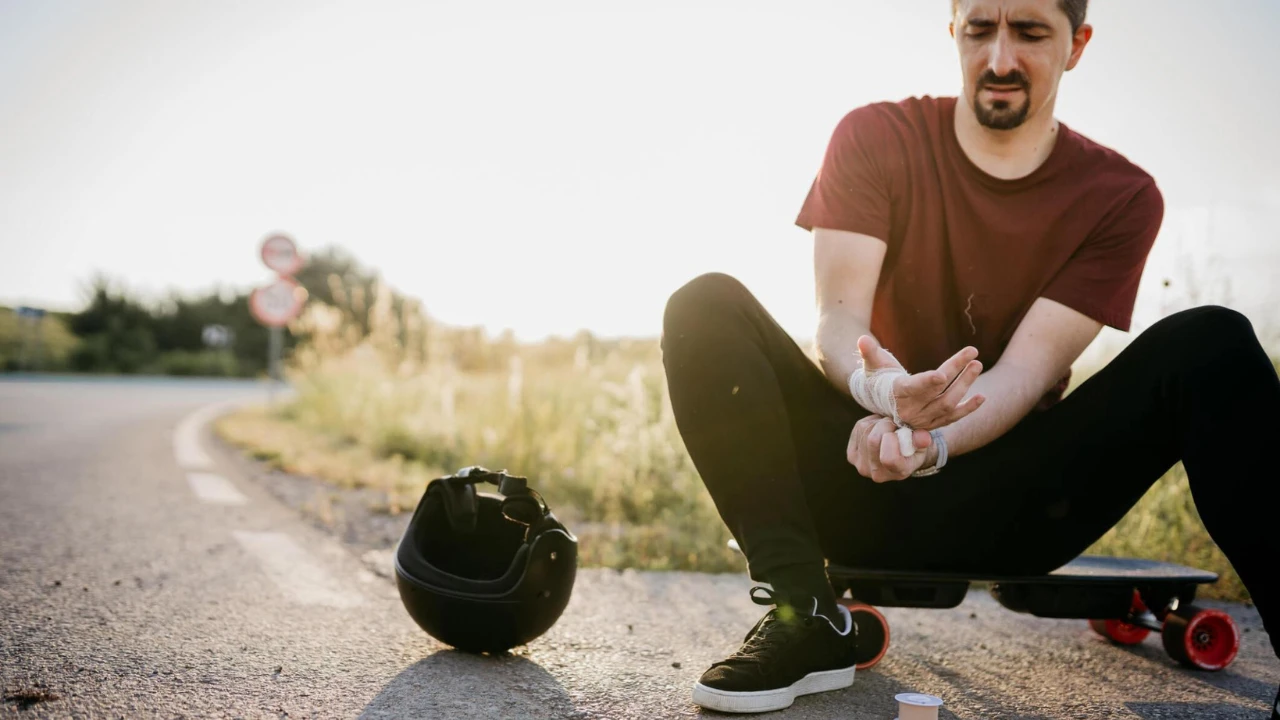
Are you interested in learning more about the disadvantages of skateboarding? To help you find the information you need, we analyzed the drawbacks of this popular recreational activity called skateboarding. We will discuss the safety measures, public opinion, finances, and the impact of skateboarding on the community. To fully capture the challenges and drawbacks of skateboarding, stick to this guide.
Key Takeaways
- Safety Risks: It is crucial to recognize the high potential for injury and the importance of wearing protective gear.
- Financial Considerations: The costs involved here include expenses for gear, maintenance, and replacements.
- Academic and Lifestyle Balance: Necessity to balance education and personal life.
Table of Contents
Unveiling the Disadvantages of Skateboarding
There is a possibility that skateboarding can be a dangerous sport if you are not careful. Depending on the severity of the injury, it is important to wear protective gear and practice proper techniques to prevent serious injuries. Moreover, skateboarders should also be aware of the risks of falling and injuring themselves or others as a result of falling.
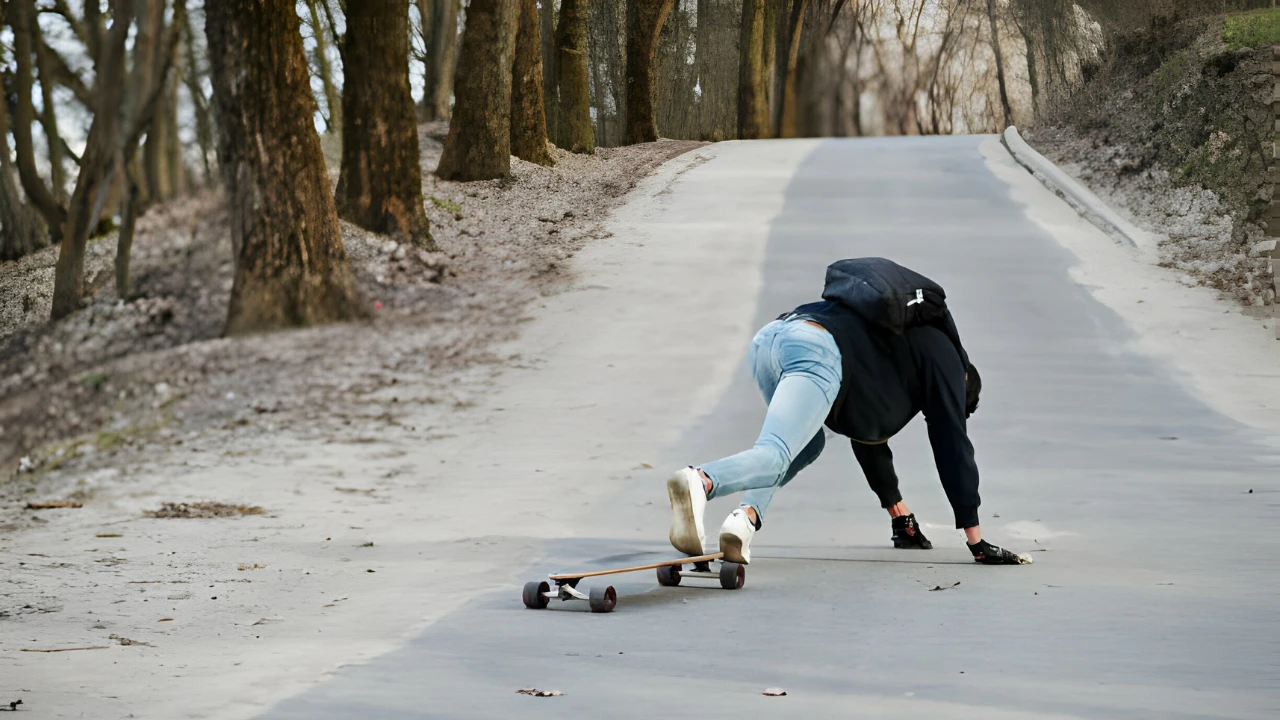
If you are going to skateboard, you should ensure that you are wearing a skate helmet, knee pads, and elbow pads at all times. Skateboarders should also wear skate shoes with ankle support. In addition, skateboarders should be aware of the terrain on which they are riding, avoiding areas with obstacles and uneven surfaces as much as possible.
Skateboarding has some drawbacks. Falling and colliding pose a high injury risk. Skaters may suffer serious injuries without protective gear. Skateboarding in prohibited areas can also result in legal issues. However, skateboarders argue that these risks can be mitigated with proper precautions, as well as providing numerous health and social benefits, and cultivating creativity and camaraderie.
Physical Risks of Skateboarding
There is a high risk of injuries associated with the cons of skateboarding due to the high risk of bruising, fractures, and concussions, which can vary from minor bruises to severe fractures. According to health statistics, skateboarding injuries account for a substantial number of emergency room visits every year. Inexperienced and younger skateboarders are at a greater risk for injury, but seasoned skateboarders can also be at risk.
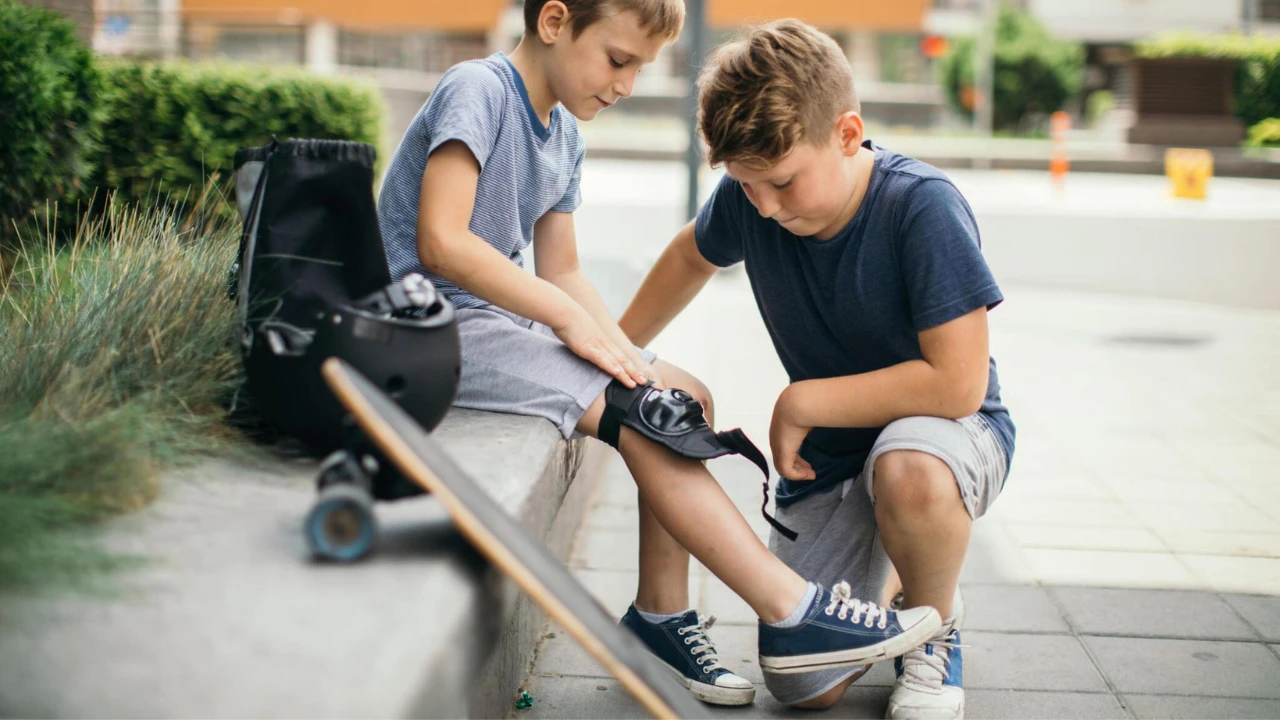
In some cases, these injuries can result in extended periods of downtime or even long-term health issues. Skateboarders should be aware of the potential risks associated with the sport and take the necessary precautions to reduce the risk of injury. Protective gear, such as a helmet, elbow, and knee pads, is essential. Additionally, skateboarders should practice proper technique and focus on developing their skills gradually.
Chronic Health Issues
Besides causing immediate injuries, skateboarding can also cause chronic issues, particularly bone and joint health. Stress and high-impact falls that are repeated may cause chronic conditions like arthritis or permanent joint damage, which can become unbearable with time. Chronic pain, which is a common side effect of such injuries, can seriously affect the quality of life of the individual and their ability to perform daily tasks.
Surgery may be necessary in some cases to repair the damaged joints. Rehabilitation and physical therapy may also be required to help the individual regain strength and mobility. In some cases, medical intervention may not be enough, and the individual may need to seek alternative treatments to help manage their pain.
Importance of Safety Gear
Safety gear plays a vital role in skateboarding, and it cannot be overstated how important it is. There is a significant reduction in the risk of injuries when you wear helmets, knee pads, and wrist guards. Unfortunately, many skateboarders, especially teenagers and amateur skateboarders, overlook this aspect’s importance when skating.
Therefore, it is essential to emphasize the importance of wearing safety gear when skateboarding, both for the skateboarder’s safety and the safety of others. Safety gear should be considered a necessary part of skateboarding, not an optional extra.
Preventative Practices
To help mitigate risks even further, skateboarders should adopt preventative practices such as warm-ups and learning techniques from certified trainers. It has been proven that these practices enhance performance and reduce the likelihood of accidents. Wearing the proper protective gear is also essential, as it helps to protect the body from serious injuries.
Skateboarders should always wear helmets, knee pads, and elbow pads. Additionally, skateboarders should always skate with a partner, as it helps to have someone to watch for potential dangers.
Social and Environmental Implications
Skateboarding has environmental impacts because it uses wood, grip tape, and wheels. Waste and pollution can be created during the manufacturing and disposal of skateboarding equipment. However, the widespread adoption of sustainable alternatives is still a long way off.
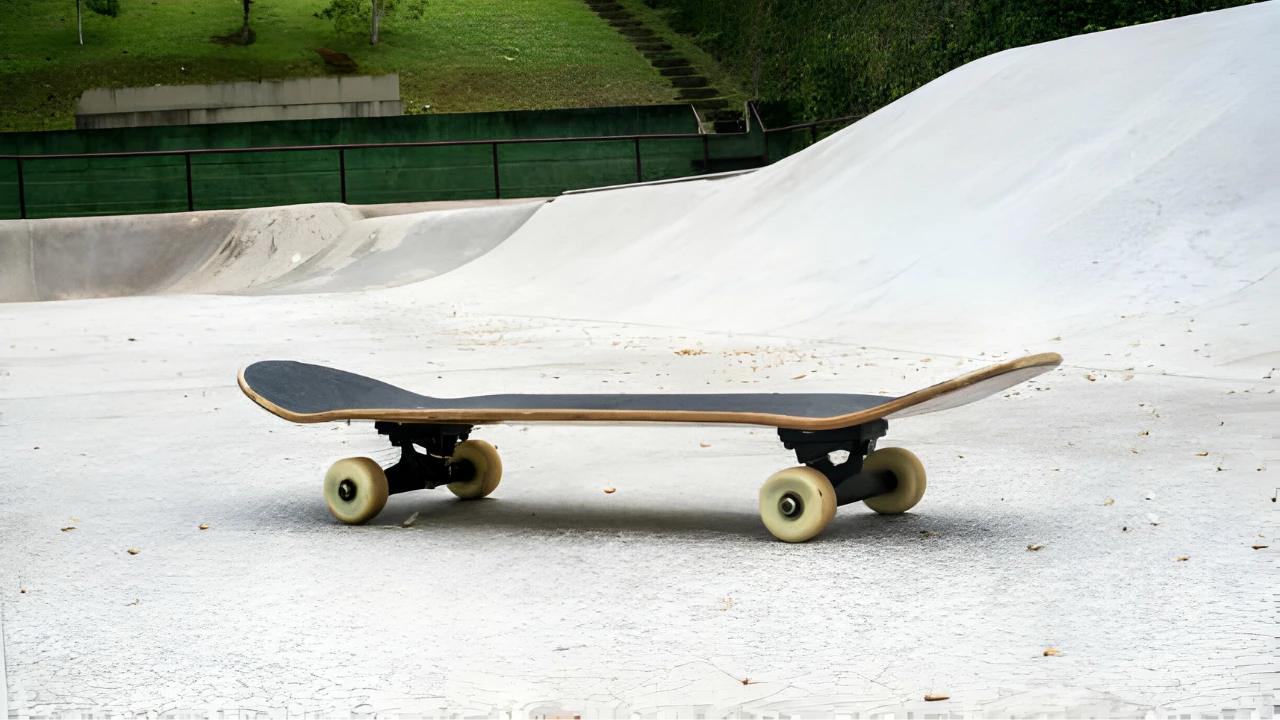
Besides individual safety, skateboarding also affects societal perceptions and the environment. Often, skateboarders are stereotyped and judged negatively by the public, making it difficult for them to access public spaces. Furthermore, skateboarding wears down urban infrastructure, raising questions about maintenance costs and community harmony. Skateboarders’ desires and community needs must be balanced in urban planning and social cohesion.
Psychological Considerations
Skateboarders’ injuries can have significant psychological effects, affecting their willingness to continue playing. Even passionate skateboarders might be discouraged by the fear of recurring injuries. Further, societal perceptions of skateboarding as disruptive or irresponsible can exacerbate the emotional strain following an injury.
It is possible for skateboarders to feel embarrassed or ashamed about their involvement in skateboarding, which can be detrimental to their social interactions and self-esteem. Furthermore, anxiety about potential injuries can undermine skateboarders’ confidence, leading them to doubt their ability to avoid future incidents.
Economic Impact
Skateboarding injuries can result in a heavy financial burden, encompassing medical bills, potential long-term care, and even lost income for the skater affected by the injury. This economic impact extends beyond the individual and affects families and healthcare systems. It is also important to note that insurance, liability, and other issues can pose additional financial challenges to skateboarders and property owners.
Alternatives and Recommendations
Several safer alternatives to skateboarding, such as electric skateboarding and virtual reality simulations, are becoming increasingly popular as the sport develops. Electric skateboards are easier to maintain and regulate, while virtual reality simulations offer a more realistic experience. Skateboarding remains a popular recreational activity, but it is essential to be aware of the risks and take precautions.
Navigating the Skateboarding Hazards
It is no secret that one of the most obvious disadvantages of skateboarding is the possibility of injuries. Whether it’s a minor bruise or a severe fracture, skaters are susceptible to accidents resulting in short-term pain and long-term consequences as a result of the injuries they sustain. Even though protective gear is crucial, the nature of the sport itself makes injuries unavoidable for even the most experienced riders.
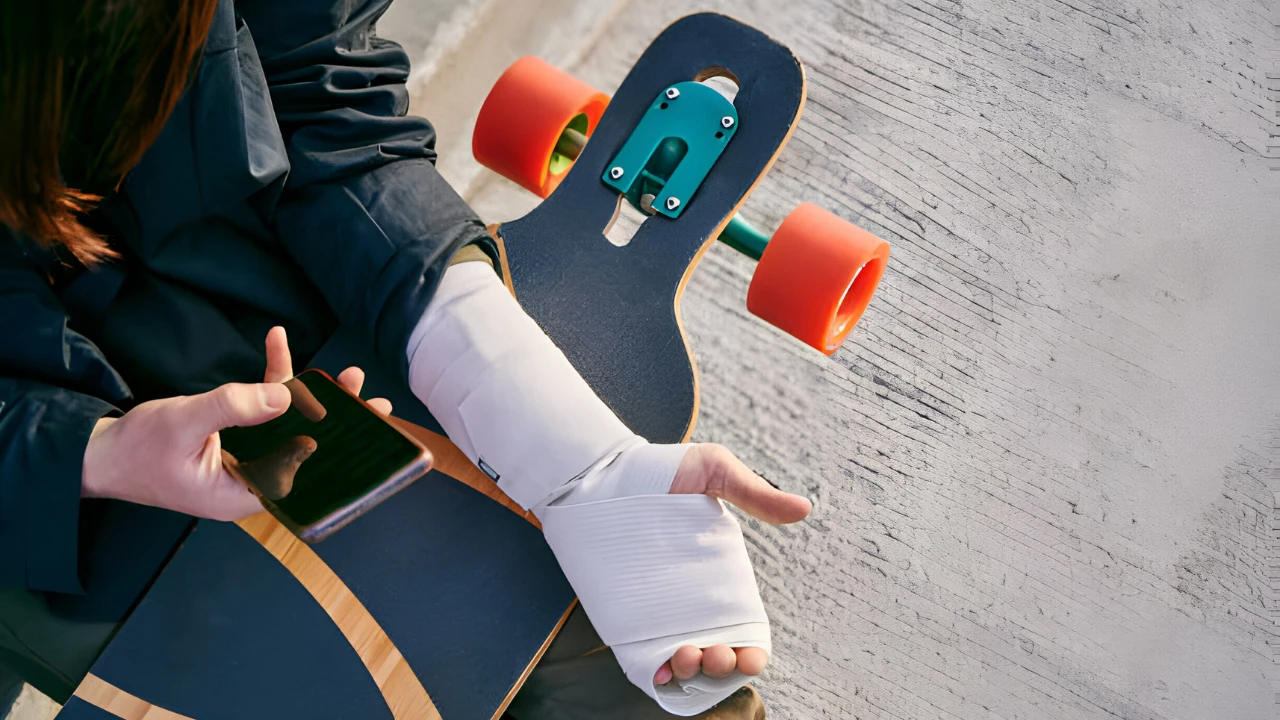
It is important to remember that skateboarding is not immune to injuries. Physical setbacks such as scraped knees or fractures, ranging from mild to serious, are possible. The most common types of injuries include sprained wrists, ankle injuries, and, in more serious cases, head injuries.
While wearing protective gear, such as helmets and pads, significantly reduces the risk of injury, accidents can still occur even when wearing protective gear. Those who are new to the sport often get overwhelmed by the learning curve, resulting in falls and other minor mishaps as they learn the ropes.
1. Skateboarding and Academic Balance
Due to skateboarding’s allure, it can sometimes become a distraction for people, especially younger enthusiasts, when it comes to their academic responsibilities. If you spend an excessive amount of time perfecting your tricks and participating in the skateboarding culture, you might neglect your schoolwork, potentially affecting your academic performance in the future. It’s important to maintain a healthy balance between skateboarding and your schoolwork.
Be sure to dedicate enough time to both and prioritize your studies. A good rule of thumb is to allocate at least 2 hours a day to studying and 2 hours to skateboarding. If this is not possible, try to focus your energy on the most important tasks first and save the less important tasks for later. Finally, make sure to take a break from your studies and skateboarding every once in a while to give your mind a rest.
2. Learning Curve and Persistence in Skateboarding
Skateboarders who are aspiring to master this art of riding require dedication and tenacity to achieve success. Those who are new to the field can face steep learning curves, which will test their patience and perseverance. Learning fundamental skills requires a considerable amount of time and effort and is often accompanied by frustrations and setbacks along the way.
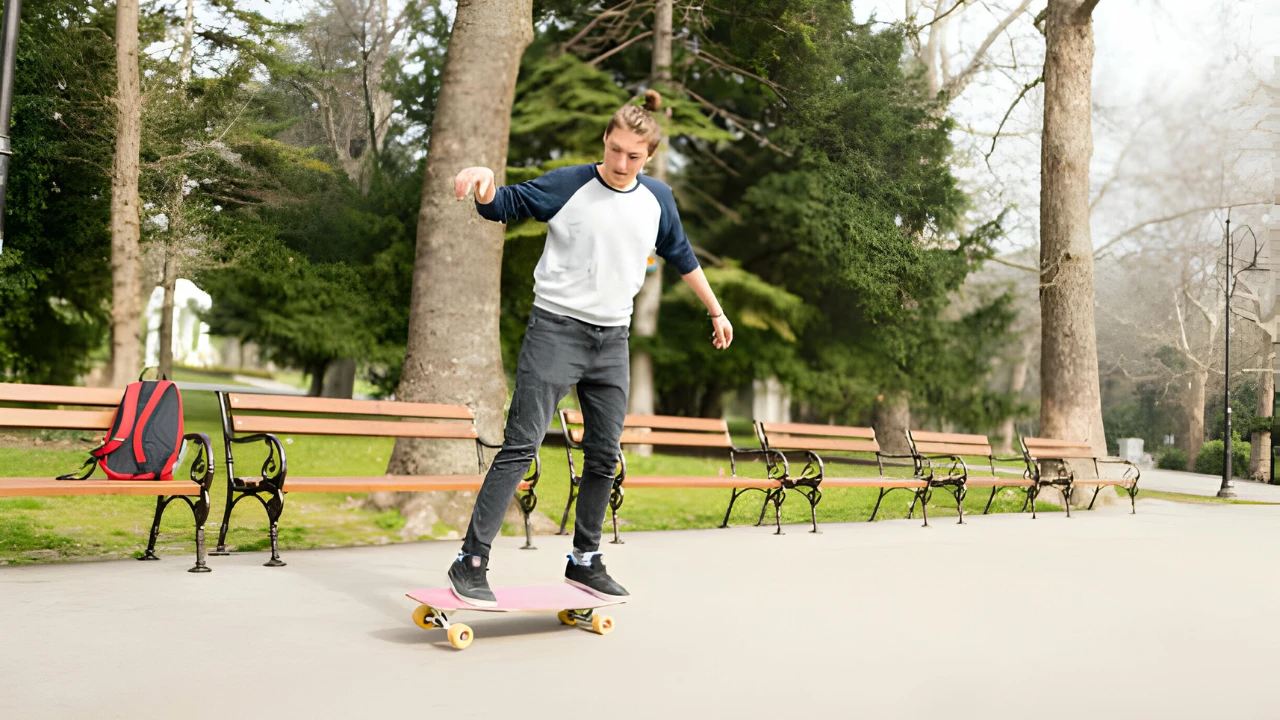
There is also the issue of an insufficient number of suitable practice spaces, such as skate parks, available to enthusiasts in different areas of the country, posing an accessibility challenge for those who wish to practice.
3. Cost Considerations of Skateboarding
Getting involved in skateboarding involves a lot of financial investments, in addition to the initial purchase of a skateboard. Investing in safety gear, maintaining the equipment, and replacing the equipment throughout a lifetime can add significant costs, which are considered as cons of skateboarding.
Although there are budget-friendly options available, ensuring that the gear is durable and of high quality is paramount to mitigate risks and enhance the overall experience of using the gear. All skateboarding enthusiasts, regardless of their skill level, should be aware of the long-term financial commitment associated with the sport.
4. Juggling Skateboarding with Personal Priorities
The incorporation of skateboarding into one’s lifestyle is a significant undertaking that requires careful consideration of time management and personal priorities to succeed. The pursuit of skateboarding requires a strategic approach to balancing the demands of work, education, and family responsibilities with the pursuit of skateboarding.
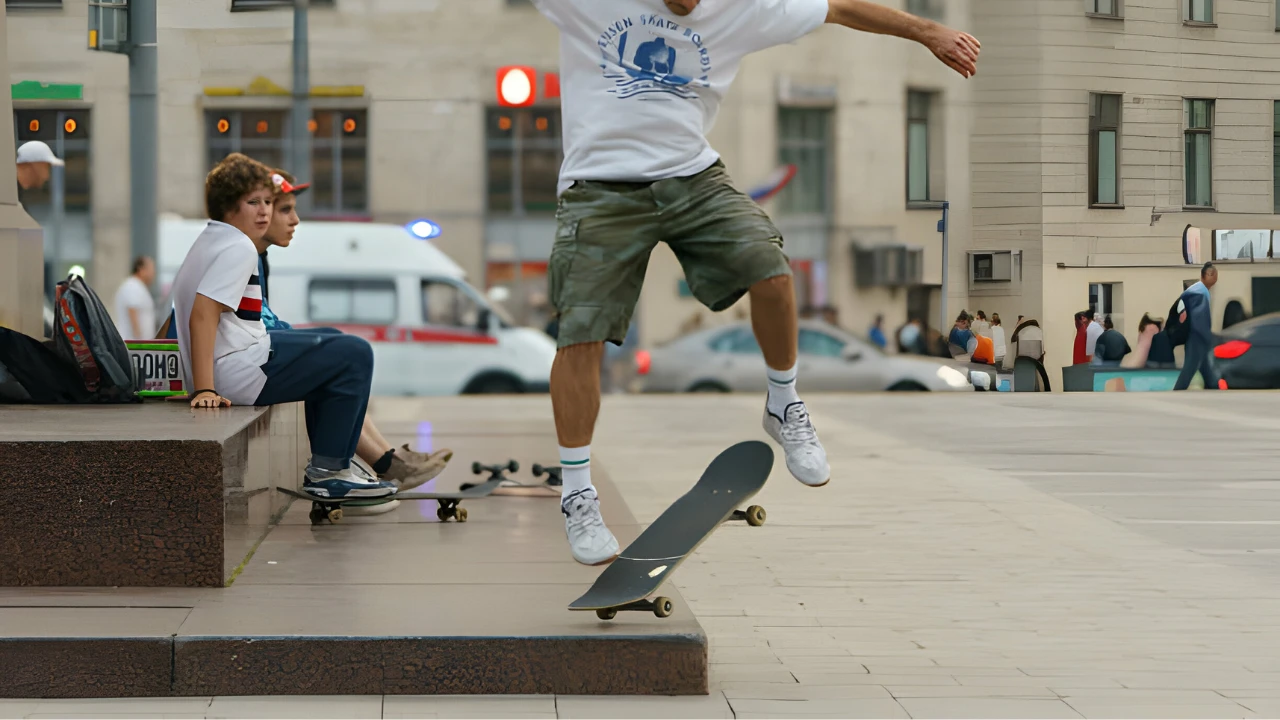
It has been observed that skateboarding has become more than simply a recreational activity for many skateboarders; it is also a significant part of their identity and social interactions within the community as a whole.
Conclusion on disadvantages of skateboarding
It is vital to acknowledge the disadvantages of skateboarding to make it a safe and sustainable culture, as skateboarding offers unparalleled opportunities for self-expression and camaraderie. There are numerous challenges and rewards associated with the cons of skateboarding, ranging from safety concerns and social stigmas to financial considerations and lifestyle adjustments. Skateboarding is undeniably exciting and dynamic, but it is important to recognize and address its negative effects as well.
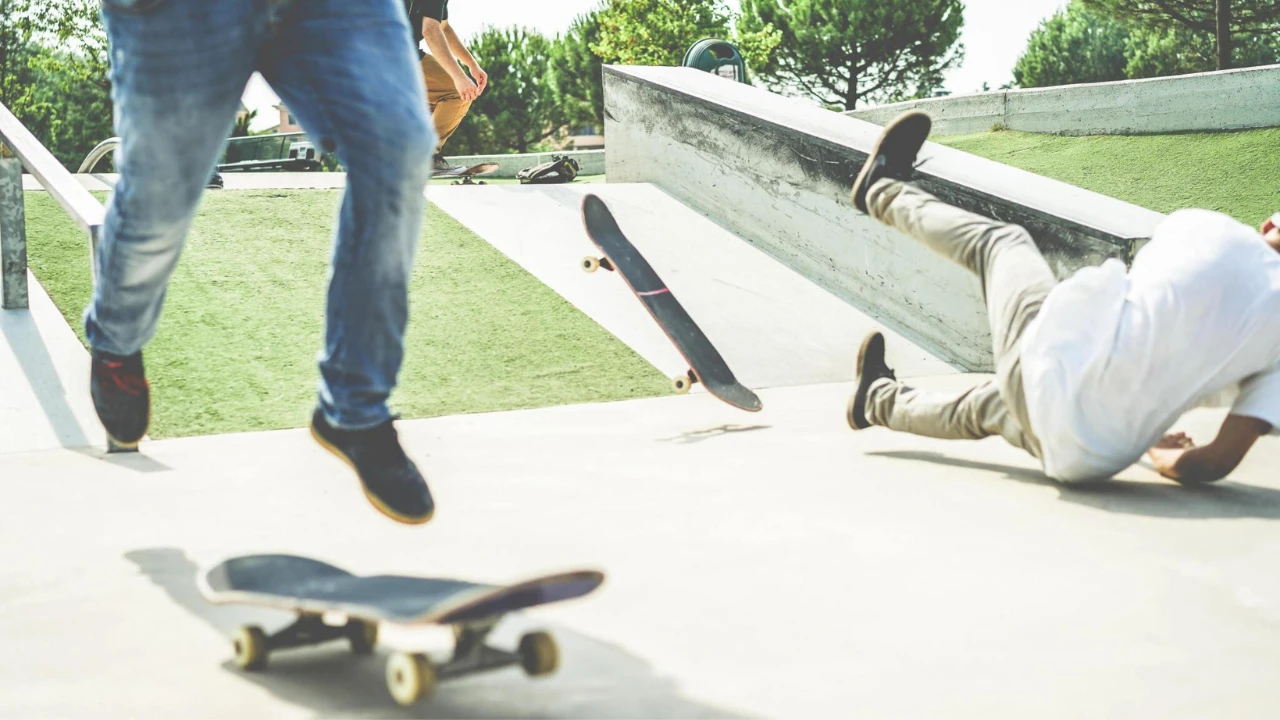
Skateboarding enthusiasts and communities can work together to promote a safer and more inclusive skateboarding culture by acknowledging these drawbacks. As long as skateboarding is done responsibly, coupled with awareness and consideration, these cons can be mitigated, and the sport can continue to be enjoyed.
Frequently Asked Questions (FAQs) about the Disadvantages of Skating
If you still have questions related to the disadvantages & Cons of skating, please read these frequently asked questions.
1. Are injuries common in skateboarding?
Yes, skateboarding has a high incidence of injuries due to its physical demands and the possibility of falls and collisions. There are three main types of injuries: sprains, fractures, and contusions. However, wearing protective gear, such as helmets and pads, can significantly reduce the risk of injury.
2. How can skaters minimize the risk of injuries?
Skaters can minimize their risk of injury by wearing protective gear such as helmets, knee pads, and elbow pads. Learning proper falling techniques and practicing in a safe environment can also significantly reduce severe injuries. Regular equipment checks ensure safety and performance.
3. Does skateboarding have an impact on academic commitments?
If skateboarders’ academic commitments are not managed properly, they can be affected. It is important to balance skateboarding with studies and school activities. To ensure neither practice nor academics are neglected, skaters should schedule set times for each. It is possible to maintain a healthy balance between the two if you manage your time properly.
4. Is skateboarding an expensive hobby?
Skateboarding can be an expensive hobby, depending on the equipment that you use and the maintenance expenses that you incur. An investment in high-quality skateboards, protective gear, as well as regular replacements of wheels and decks adds up over time. Skateboarding is still accessible at various price points due to budget-friendly options.
5. How can communities address negative perceptions of skateboarding?
Skateboarding can be promoted as a positive and healthy activity in the community in order to address the negative perceptions surrounding it. Creating designated skate parks and organizing skate events within the community are a couple of ways to demonstrate the benefits of the sport. Skateboarding can also foster discipline, creativity, and physical fitness through educational programs.
6. Is skateboarding accessible to everyone?
Yes, skateboarding is accessible to all ages and abilities, as there are many entry levels and styles available. The equipment required for this type of exercise is minimal, and there are affordable options available. People can practice and learn this sport in a safe and organized environment, which further enhances accessibility by having a public skate park.
7. Does skateboarding have environmental implications?
Yes, skateboarding has an impact on the environment, mostly in a positive way. By reducing reliance on motor vehicles, it promotes a low-carbon mode of transportation. Skateboards, especially those made from non-sustainable materials, can hurt the environment. Recycling old skateboards and using eco-friendly materials can help mitigate these effects.
8. How can skaters address noise concerns in residential areas?
If skateboarders choose the appropriate time and place for skateboarding in residential areas, such as skate parks instead of streets and sidewalks, noise concerns can be addressed. The use of softer wheels can also reduce the amount of noise generated while skating. Noise ordinances must also be respected.
Helpful resources
